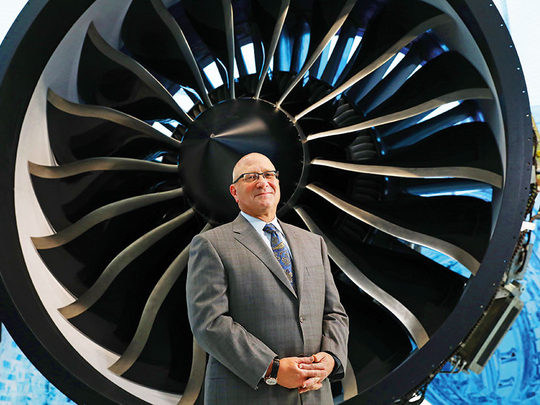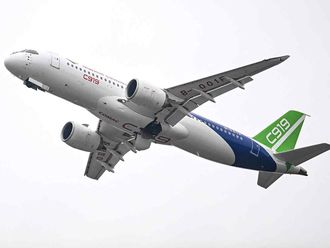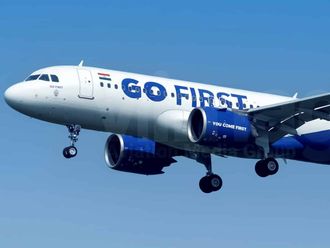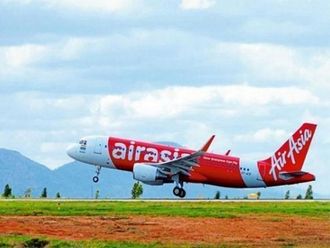
Paris: General Electric, the world’s biggest jet-engine maker, said it’s not prepared to share turbine production on Boeing’s planned middle-of-market plane with its two global rivals.
Should Boeing opt for multiple suppliers, “we’re out,” David Joyce, head of GE’s aero-engines arm, said at the Paris Air Show, adding that his company still carries “scars” from being one of three engine providers on the Airbus SE A330 two decades ago.
While GE and US rival Pratt & Whitney are working on engines for the proposed Boeing model, Rolls-Royce Holdings Plc is also targeting the program as a way into the higher-volume market for smaller aircraft after focusing on wide-body types since 2011. The plane, also dubbed the 797, could enter service in 2025 and is likely to require engines with 40,000 to 50,000 pounds of thrust.
“What happens is, all three of us spend a lot of money to design a brand-new engine and then all of a sudden you’re splitting the market,” Joyce said. “You look at the returns on that and, unless you find a bunch more applications for that engine immediately, you end up in a world where it just doesn’t work.”
Boeing is exploring “three very interesting technical proposals” concerning the propulsion system for its next all-new jetliner, Kevin McAllister, the head of its commercial aeroplanes division, said at the aviation expo.
GE’s CFM International joint venture with France’s Safran SA secured exclusivity for its Leap engine on Boeing’s upgraded 737 Max range of planes in 2011. CFM also supplies the model to Airbus’s A320neo family in competition with Pratt’s geared turbofan, or GTF. GE is the sole supplier on the Boeing twin-aisle 777X, and Rolls has the same position on the A330neo.
“Think of the difference between whether you’re sole or not,” Joyce said. “In terms of how you make the business case and return on investment, it’s no cheaper to build the engine if there’s two of you than if there’s one — but the return on it is a hell of a lot different.” GE has already gone through three rounds of submissions on the new Boeing plane, he said.
Rolls-Royce Chief Executive Officer Warren East said in May that his company is “pursuing” a position on the mid-market Boeing, which is envisaged as a replacement for the planemaker’s defunct 757 model and the ageing 767. The proposed engine will involve a so-called Advance core due to be built by 2020, and the UltraFan design featuring a new “power gearbox.”
While the UK firm has grabbed a major slice of the lucrative long-haul engine sector with its Trent turbines and is a supplier to regional and corporate planes, short-haul jets represent the backbone of the airline industry, with sales dwarfing those for bigger models.
Chicago-based Boeing will provide an update on the mid-market plane on Tuesday. The model will seat about 250 passengers and have a range of 5,000 nautical miles, CEO Dennis Muilenburg told Bloomberg TV in an interview at the air show Monday. It could be “potentially twin-aisle,” though “all options” remain under consideration, he said.
Divisional chief McAllister declined to elaborate on the likely engine architecture of the plane, saying that “it’s still very early in the game.”
It’s not yet clear whether London-based Rolls-Royce will pursue the 797 with a partner, though it could do so if the business conditions are right, East has said. Rolls previously had a 33 per cent stake in the International Aero Engines AG partnership with Pratt, before exiting after the US company pressed for future models to be based around its GTF development. The manufacturers later pursued a new accord before abandoning the plan in 2013 amid antitrust concerns.












